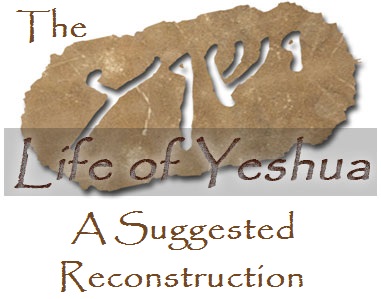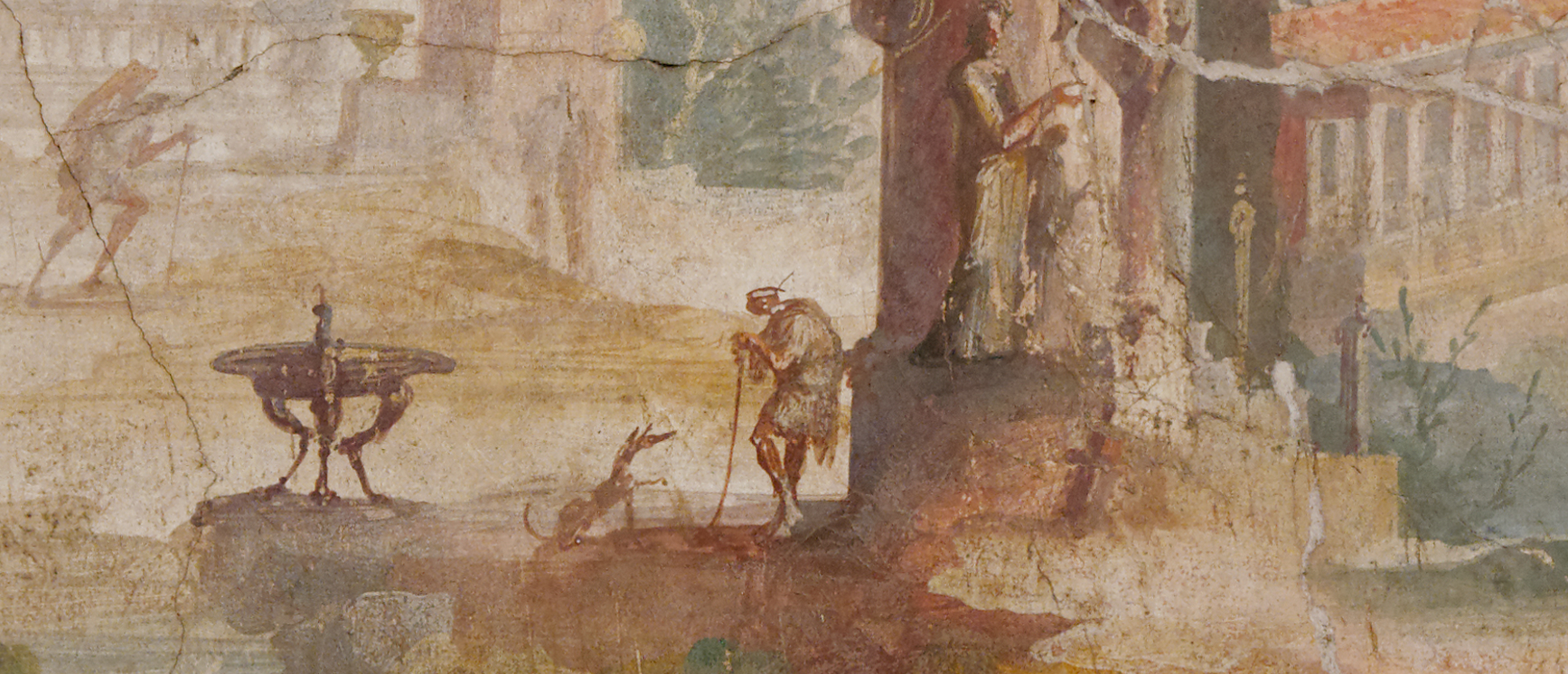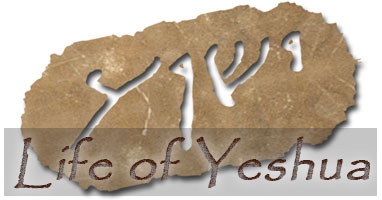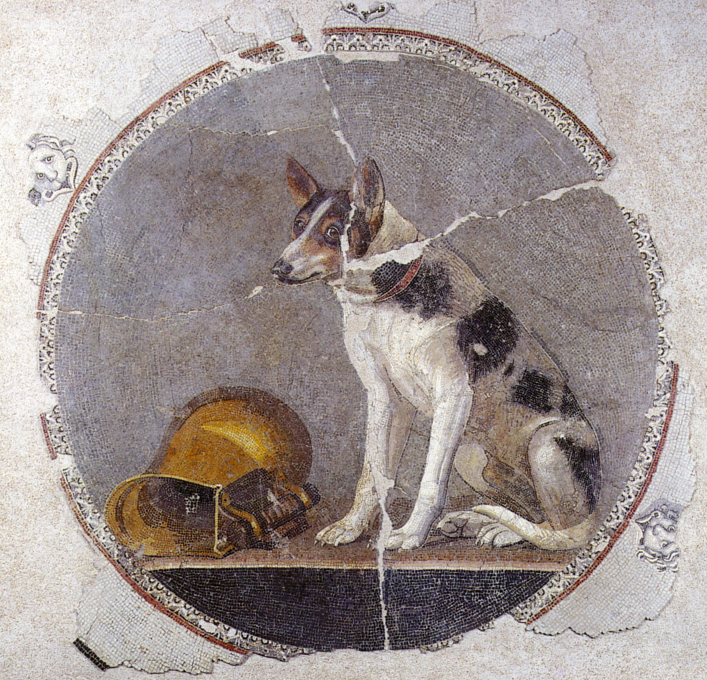Matt. 15:21-28; Mark 7:24-30
(Huck 116; Aland 151; Crook 170)[1]
Revised: 2 September 2021
| Table of Contents |
|
1. Text 2. Conjectured Stages of Transmission 4. Comment 6. Conclusion |
 .
.
.
Text
To view the Greek text of Jesus and a Canaanite Woman click on the link below:
Paid Content
Premium Members and Friends of JP must be logged in to access this content: Login
If you do not have a paid subscription, please consider registering as a Premium Member starting at $10/month (paid monthly) or only $5/month (paid annually): Register
One Time Purchase Rather Than Membership
Rather than purchasing a membership subscription, you may purchase access to this single page for $1.99 USD. To purchase access we strongly encourage users to first register for a free account with JP (Register), which will make the process of accessing your purchase much simpler. Once you have registered you may login and purchase access to this page at this link:
Conclusion
The story of Jesus’ encounter with a Canaanite (or Syro-Phoenician) woman does not show signs of having descended from a Hebraic source. This conclusion does not mean that the story is fictional, only that it did not appear in the conjectured Hebrew Life of Yeshua. This conclusion also helps us understand why the story of the Canaanite woman does not occur in Luke, even though the author of Luke was particularly interested in stories about women and Gentiles. Luke’s main sources were Anth. and FR, both of which descended from the Hebrew Life of Yeshua. Since the Canaanite Woman story did not appear in the Hebrew Life of Yeshua, it did not appear in Anth. or FR either. Mark supplemented his Gospel with this story, which might have come to him via oral tradition, and Matthew reused the Canaanite Woman story because he found it to be a convenient vehicle for conveying his own theological message.

A dog begs from a travel-wearied man in this detail from a first-century C.E. fresco. Image courtesy of Wikimedia Commons.
 Click here to return to The Life of Yeshua: A Suggested Reconstruction main page.
_______________________________________________________
Click here to return to The Life of Yeshua: A Suggested Reconstruction main page.
_______________________________________________________
- [1] For abbreviations and bibliographical references, see “Introduction to ‘The Life of Yeshua: A Suggested Reconstruction.’“ ↩

































































































Comments 4
Gentlemen, I am sorry to say your LOY project more and more is just another example of critical NT scholarship based on skepticism and your own prejudices. Please re-read Lewis’ “Fern Seeds and Elephants” before it is too late.
Dear Michael,
Thank you for your interest in our LOY project. In the above article we emphasized that although we do not believe the Canaanite woman story descended from a Hebrew document, the woman’s story could have reached the author of Mark by other channels. Perhaps, however, that is not your concern?
Thank you also for your recommendation to re-read Lewis. I have a great many of C. S. Lewis’s volumes on my bookshelf, including the title you mentioned, and I can assure you they have not suffered neglect. Like Puddleglum, I endeavor to live like a Narnian.
One of the things I appreciate most about Narnia is that it had room for many different types of creatures, all free to live before Aslan according to their kinds. I hope on this side of the wardrobe door a similar harmony and mutual regard among all Aslan’s creatures can also be achieved.
P.S. – Check out the related post What does “There’s no Hebrew undertext” mean?
You assume the real NT is the Hebrew under text you find with your critical tools. How is that different from Bultmann?
Dear Michael,
We appreciate your critical engagement with our work on the LOY project. It is rewarding to know that our efforts inspire readers to think about New Testament texts. I would, however, challenge your characterization of our assumptions about the New Testament. Neither David Bivin nor I assume that anything other than the canonical Greek texts are the “real” New Testament. However, we do take very seriously the author of Luke’s testimony that he relied on written documents when composing his Gospel (Luke 1:1), which at the very least means that there is a history behind the Gospel of Luke and quite possibly behind the Gospels of Matthew and Mark as well. We believe that by critically examining the sources behind the Synoptic Gospels we can learn something valuable about the canonical Greek texts of the New Testament.
Our analysis of the stories in the Synoptic Gospels suggests to us that some of the stories about Jesus have a Hebrew ancestor, while other stories do not. The story of Jesus and a Canaanite Woman does not seem to have a Hebrew ancestor, but that does not lead us to the conclusion that this story does not (or should not) belong to the real New Testament. To the contrary, precisely because it is part of the real New Testament, it is valuable to know something about the origin of this story. It appears to us that the author of Mark composed this story himself, perhaps on the basis of oral testimony that began with the Syro-Phoenician woman telling her neighbors and friends about her personal encounter with Jesus. This tells us that the author of Mark did not rely solely on documentary evidence (i.e., literary sources) when writing his Gospel, he also incorporated a living oral tradition about Jesus into his work. How exciting to realize that when the author of Mark wrote his Gospel there were people who were still telling stories about Jesus that hadn’t yet been written down! Even though the story of Jesus and a Canaanite Woman wasn’t recorded in the Hebrew source that ultimately stands behind so many of our Gospel narratives, the author of Mark preserved this episode for posterity because he incorporated stories into his Gospel from other sources as well.
I hope that clarifies our position regarding the conjectured Hebrew source of some of the Gospels Stories vis a vis the rest of the Greek New Testament.